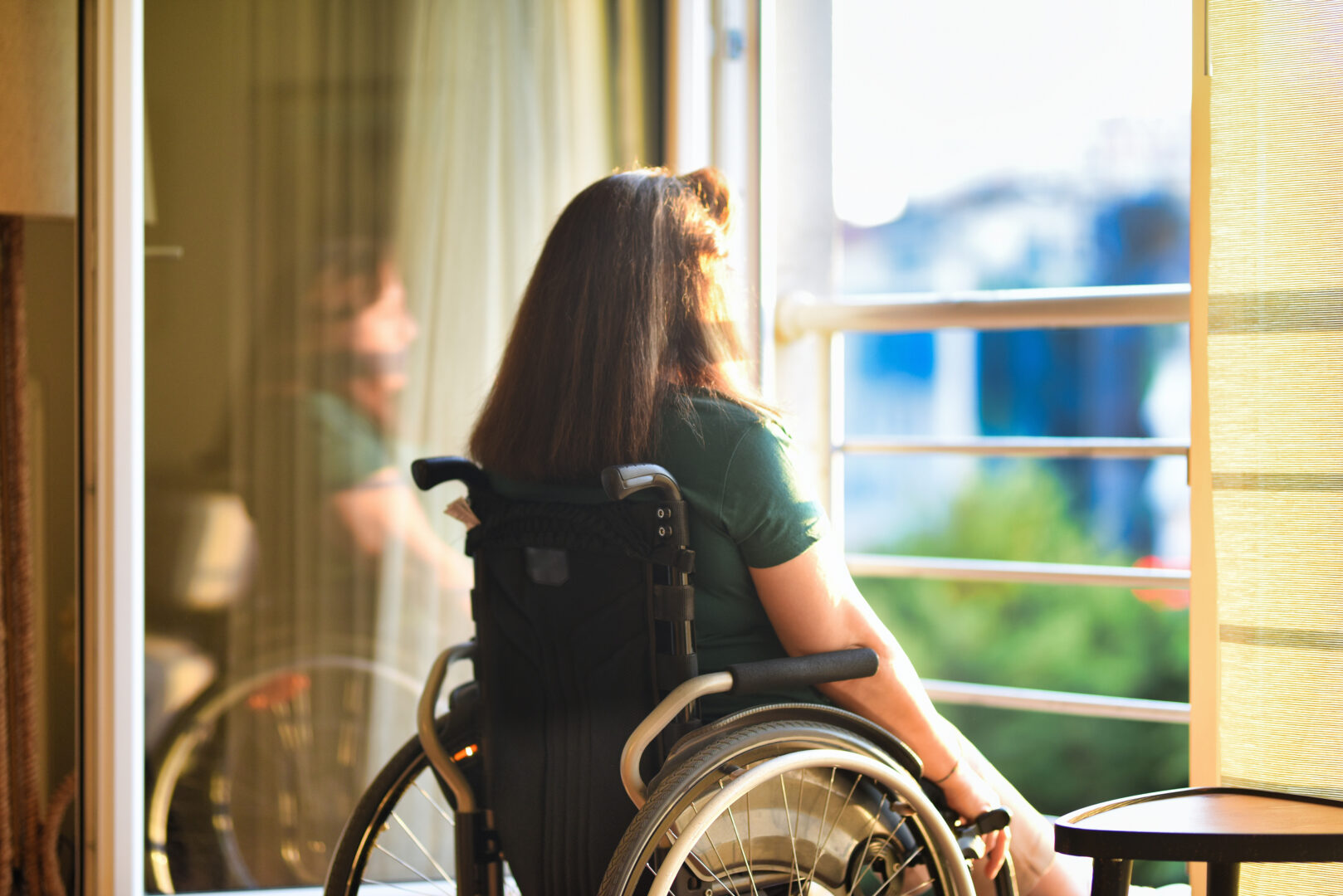
Woman in wheelchair in front of open window in her apartment

Woman in wheelchair in front of open window in her apartment

Woman in wheelchair in front of open window in her apartment
Airdate: Monday, August 29, 2022
A new report finds that those living with a disability faced bigger challenges and hardships during the COVID-19 pandemic.
The report – “COVID-19 Health Care Barriers Among People with Disabilities – is the first part of a multi-year effort funded by the CDC’s COVID-19 Health Disparities Grant to improve health equity.”
The ARC of Pennsylvania provides services and advocates for Pennsylvanians living with disabilities.
On Monday’s Smart Talk, the Arc’s Executive Director Sherri Landis, indicated many people living with disabilities were forgotten during the pandemic and Emma Nolan, the manager of the Arc’s health initiatives gave some examples,”Whether that be access to accessible testing or vaccination sites, even when they were prioritized for vaccination. Going to the testing site with a physical disability would be impossible if there were stairs and no access ramps and then there were sensory problems as well with that just not being accessible. For anxiety and sensory challenges. And then there was also a lot of barriers that had to do with access to information. A lot of medical information was not presented in plain language or multi-language resources. There was no Braille on test at home testing kits, which provided a huge barrier for people with all types of disabilities across the board, across the platform.”
Landis and Nolan both said those living with a disability in rural areas and who are in racial and ethnic minority groups were especially hard hit during the pandemic.
Nolan listed some of the changes they hope will come out of the report befor another health emergency,” There was about 400 different brainstormed solutions just in our first initial conversations with participants and with our task force. And from that, we were really able to narrow it down to those top three to being policy solutions, having to do with making sure that people with disabilities are designated as a vulnerable population. Having them be a medically underserved population. The second one was just ensuring that there’s oversight in the health care community and on a policy level, having a disability officer in the Department of Health, making sure that there is a voice for people with disabilities at all levels. And then that third one that seeing a lot of attention is that education and training solution, making sure that medical professionals, health care students, whether that be a med student, nursing student, physician’s assistant, making sure that they’re being trained on how to work with a patient that has an intellectual developmental disability or physical disability. Just making sure that they have the knowledge and the experience and being comfortable enough to welcome any type of patient into their practice.”
Landis added,”I think it’s going to take policy change. AMA has some initial data that we got from surveys, I believe, and some of the work that we’re doing with our task force. And the really it’s going to be around policy changes and it’s going to be about educating health care providers.”
The days of journalism’s one-way street of simply producing stories for the public have long been over. Now, it’s time to find better ways to interact with you and ensure we meet your high standards of what a credible media organization should be.